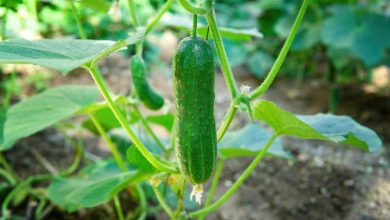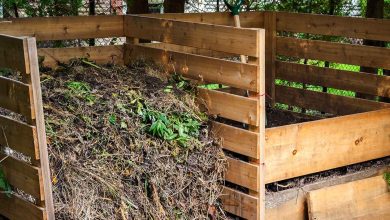Lavender Pests and Diseases: [Detection, Causes and Solutions]
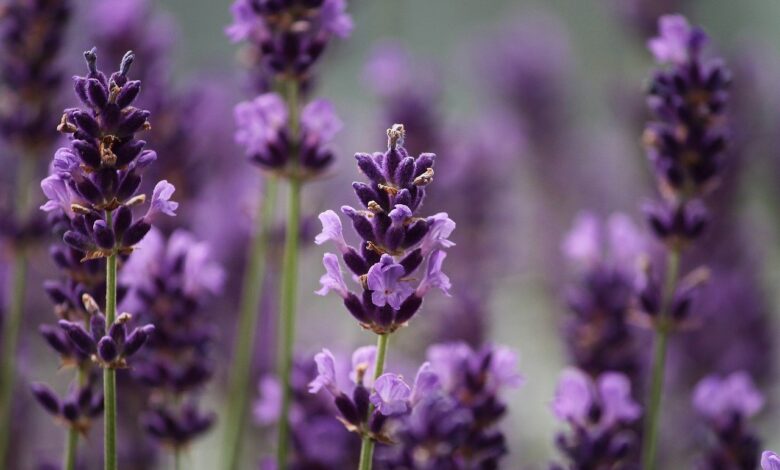
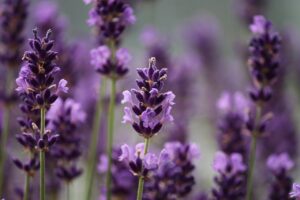 Lavender is one of the most useful plants in the garden because in addition to providing an exquisite aroma, it has very beneficial properties.
Lavender is one of the most useful plants in the garden because in addition to providing an exquisite aroma, it has very beneficial properties.
It has the property of adapting without problems to almost any terrain and climatic condition, which allows it to be seen frequently in fields.
Being a rather rustic plant, its ability to deal with pests and diseases is a point in our favor. However, to ensure that it is in perfect condition at all times, it is better to take care of it as it deserves and here we will tell you what you could face.
Cecidomid larvae
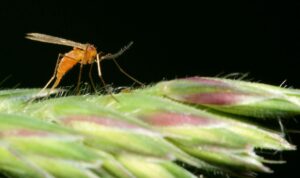 Cecidomid larvae frequently attack lavender crops, especially in the hot spells of late spring and summer .
Cecidomid larvae frequently attack lavender crops, especially in the hot spells of late spring and summer .
It is a plague that in its adulthood is similar to a mosquito, winged and therefore flies through the air.
However, in their larval phase (which is harmful to plants), they hide in the shoots, causing strong damage to the stems , and can end their life. Being very small in size and easy to hide, the attack on the larvae will be aimed at adults to avoid the proliferation of eggs.
In some cases, the use of traps can be beneficial to control population numbers.
Root rot
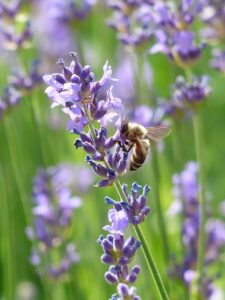 Root rot is caused by a wide variety of fungi and, as the name implies, what they cause is rot in the roots of lavender.
Root rot is caused by a wide variety of fungi and, as the name implies, what they cause is rot in the roots of lavender.
This rot will obviously affect the plant because they absorb its nutrients from the roots.
For this reason, changes in the structure will begin to be noticed as leaves that stop being green to turn yellow or, in the worst case, gray.
On the other hand, the growth of the plant does not correspond to the time according to the date it was planted because it becomes deficient.
Root rot occurs most frequently when lavender is planted in poorly drained soils, where water tends to stagnate. It is for this reason that although it is adaptable around the general structure, it is important to ensure that the water runs well .
To further ensure that rot does not affect the roots, it is a good plan to disinfect the soil where the sowing will take place . This is because after it attacks it is quite complex to get to eliminate it.
Lavender caterpillars
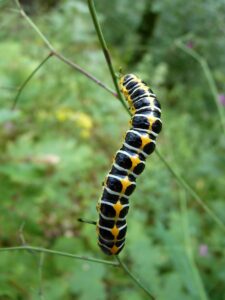 It is a species of pest that has a very obvious preference towards lavender crops.
It is a species of pest that has a very obvious preference towards lavender crops.
Its color is green, but it has the property that the head is denoted with a much darker color and can be seen if attention is paid to the plant .
The main source of food is the leaves, leaving obvious bites after passing through the affected areas. Treatment should be made of natural products with insecticidal effects, such as the extract of garlic .
When the pest is not very numerous, it will also be possible to remove some caterpillars by using a forceps or by picking them up with gloved hands.
Viral diseases
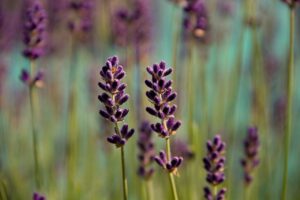 Diseases caused by viruses are not very frequent in lavender, but when they attack they can cause the crop to be completely lost .
Diseases caused by viruses are not very frequent in lavender, but when they attack they can cause the crop to be completely lost .
Viruses have the property of being transmitted by way of the action that certain pests carry out on the plant. That is, there are pests that are carriers .
For this reason, it is much more important to keep them at bay, since that allows to avoid contagions that can fatally harm plants. In addition, viruses also tend to enter through wounds that have been generated in the plants as a result of pruning, hence the use of disinfected tools is key.
Cottony mealybug
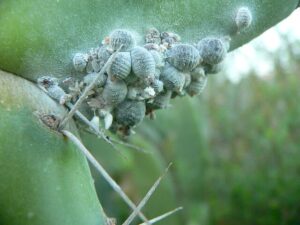 It is one of the easiest pests to identify in crops because the white color of its body makes a perfect contrast with the green of the plants .
It is one of the easiest pests to identify in crops because the white color of its body makes a perfect contrast with the green of the plants .
It owes its name to the fact that it is formed by a shell that is covered with a kind of fluff with a soft appearance, similar to cotton.
Although its main focal point is oriented to fruit-type plants, the ornamental and aromatic ones do not escape its attack possibilities.
They feed on the sap of plants , which they extract by means of suction, causing small wounds, especially on the leaves. It is important to note that the problem does not end there, but the mealybug also produces a honeydew that attracts ants and can help certain fungi to settle.
All this leads to the clear conclusion that its action is very harmful to crops. To try to prevent them from reaching the plants, there are remedies that usually give very good results, such as mixing potassium soap with water . It will also be possible to apply preventive treatments with neem oil .
Melighetes beetle
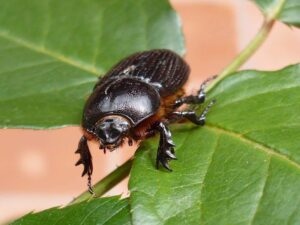 It is a pest that is not seen very frequently in lavender plants but whose action is focused on their reproductive organs.
It is a pest that is not seen very frequently in lavender plants but whose action is focused on their reproductive organs.
This means that after its appearance, the pollination process can be seriously affected , preventing the plants from reproducing naturally.
Although it does not kill crops, as it is possible that it happens with other types of pests, it cannot be neglected. The beetles are very difficult to see because they are only about 2 mm long, which makes detecting them a complex task.
Therefore, the best action we can take against it is prevention, which will occur by applying periodic washing to the plant with soap and water . Vinegar is also a good repellent for beetles, but its use is advised when there are signs that they are appearing.
Caring for a lavender plant is a gift of nature because it is not demanding and fills any environment with joy and good aroma, which is why it is one of the favorite plants of spring .

![Photo of How to Grow Medicinal Herbs: [Complete Guide and Types]](https://www.complete-gardening.com/wp-content/uploads/2022/08/how-to-grow-medicinal-herbs-complete-guide-and-types-334x220.jpg)

